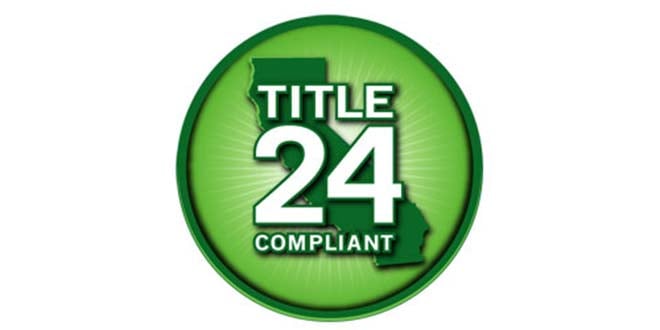It’s nearing that time of the year again, July 1, when California’s new codes and regulations go into effect unleashing a stream that usually, over time, leaks its way into facilities in other states.

However, before they will impact you, they will hit the facility managers within the Golden State. Some of the most interesting new Title 24 codes have to do with lighting. Starting in July of this year, all buildings that are of at least 10,000 square feet must be fitted with a lighting control system that is capable of reducing 15 percent of the total lighting load in response to spikes in demand. Moving forward, this type of capability will need to be built into facilities management software if it is going to sell.
More Code Requirements
Another new code that will significantly impact the facility management industry within California is the new requirement for spaces of 100 or more square feet that are using at least 0.5 watts per square feet to meet new multi-level lighting mandates that include sidelight an skylight zones and automatic day-lighting controls. Again, these are demands that CMMS software will be engineered to handle.
The new Title 24 codes are not just about lighting, they are also about the lights themselves. Moving forward, LED lighting that is used for general lighting must be fitted with LED lights that are able to be dimmed from 10 percent to a full 100 percent.
Light Triggers
Light triggers will soon be mandated in many types of buildings in the west coast state. Facility managers will have to ensure that the stairwells, hallways, and corridors of multifamily buildings and lodging facilities are fitted with working occupancy sensors that turn lights on and off automatically dependent upon whether or not someone is there.
Libraries, warehouses, and parking garages will soon have to meet similar requirements, with the first having to have such sensors in stack aisles, the second needing to place them in open spaces and aisleways, and the last needing the occupancy sensors and daylighting controls in place and operational.
Knowledge Is Key
Since, so many of the codes that are put in place in California do end up in other states, it is important for facility managers everywhere to be familiar with them. Also, facility managers elsewhere can use these new codes as a touchstone, a way to evaluate who his or her facility is running. Perhaps, some may find that some of these codes make enough sense to be self-imposed.









